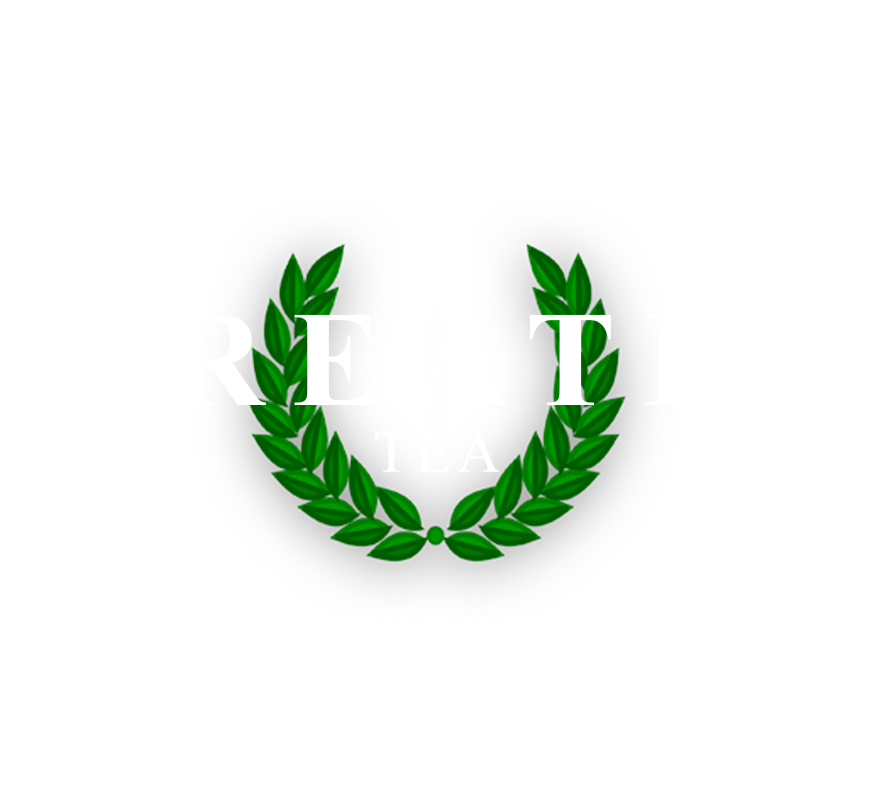TEA TYPES
All tea comes from the remarkable Camellia sinensis plant, but the magic lies in how it’s processed. The level of oxidation, drying, and rolling transforms the same leaves into distinct types of tea, each with unique flavors, aromas, and health benefits.
Green Tea
Processing Method: Minimally oxidized; leaves are quickly steamed or pan-fired to preserve their green color.
Flavor Profile: Fresh, grassy, vegetal, sometimes with nutty or floral undertones.
Key Benefits: High in antioxidants (especially catechins), supports brain health, and may boost metabolism.
Popular Examples: Sencha, Matcha, Dragon Well (Longjing).
Black Tea
Processing Method: Fully oxidized; leaves are withered, rolled, and left to oxidize before drying.
Flavor Profile: Bold, malty, robust, with notes ranging from fruity to smoky.
Key Benefits: Higher caffeine content, promotes heart health, and aids digestion.
Popular Examples: Assam, Darjeeling, Earl Grey.
Oolong Tea
Processing Method: Partially oxidized; oxidation levels can vary widely (between green and black tea).
Flavor Profile: Complex and diverse, ranging from floral and fruity to toasty and woody.
Key Benefits: Supports weight management, improves gut health, and boosts mental alertness.
Popular Examples: Tie Guan Yin (Iron Goddess), Da Hong Pao (Big Red Robe).
Pu'er Tea
Processing Method: Fermented and aged; leaves are either raw (sheng) or cooked (shou) for distinct aging processes.
Flavor Profile: Earthy, rich, and smooth, with flavors that deepen and mellow over time.
Key Benefits: Supports digestion, promotes gut health, and lowers cholesterol.
Popular Examples: Sheng Pu’er, Shou Pu’er.
White Tea
Processing Method: Least processed; young leaves and buds are simply withered and dried.
Flavor Profile: Delicate, light, and slightly sweet, with floral or honey-like notes.
Key Benefits: High in antioxidants, supports skin health, and reduces inflammation.
Popular Examples: Silver Needle, White Peony.
Yellow Tea
Processing Method: Lightly oxidized; a slow drying process creates its unique mellow flavor and yellow hue.
Flavor Profile: Smooth, mellow, with a subtle sweetness and hints of floral or toasted notes.
Key Benefits: Similar to green tea but with a gentler taste; supports digestion and mental clarity.
Popular Examples: Jun Shan Yin Zhen, Meng Ding Huang















